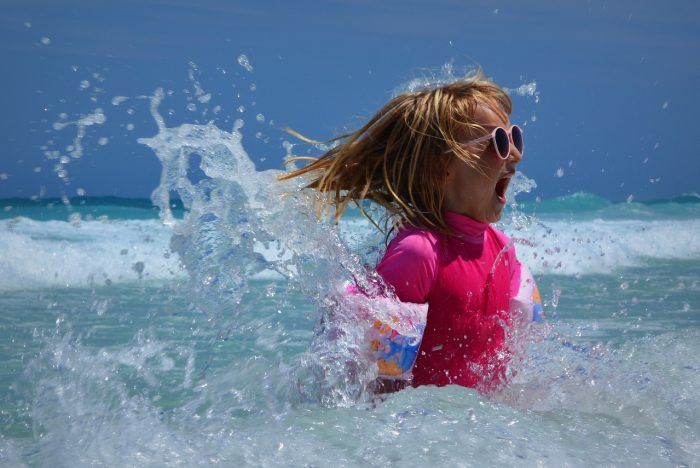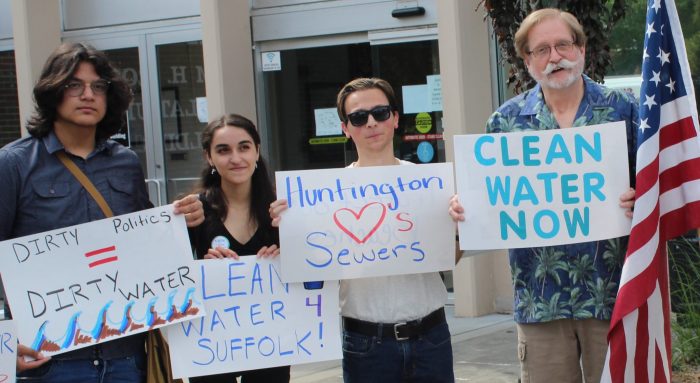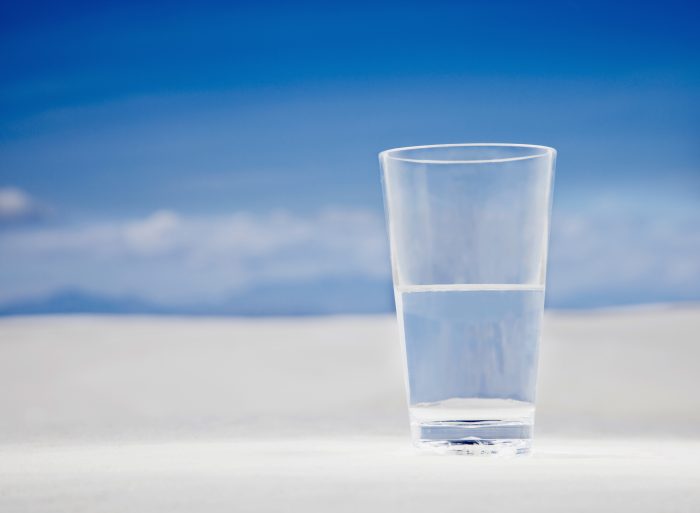Beaches and rivers are signature settings of a fun Long Island summer and one of its most attractive features. Water is always within a 40-minute drive, tempting overheated residents with a swim.
Plunging into the crashing waves and relazing in the cool, refreshing water is wonderfully restorative, but includes some dangers we can’t ignore. The ocean and the Long Island Sound are not pools–there isn’t a shallow floor to stand on when we tire or side walls to cling to for a break.
Last week, tragedy struck our community after a man drowned in the Nissequogue River by the Kings Park Bluff. Unable to combat the converging waters and powerful waves, the swimmer tired and was overtaken.
When tides become too strong, Smith Point Chief of Lifeguards Kevin Kolar urges us to lie on our backs and swim parallel to the shore. This strategy is essential in both a river or the ocean. The challenge, however, is staying calm during the adrenaline rush of fear after we realize we are further than we intended.
“When [swimmers] are panicked and see themselves moving away from shore, they want to go from point A to B. They don’t want to waste their energy going around,” he said, adding that resisting the urge to try to push ahead and swim against the tide pulling you out is like stepping into a punch. Instincuntually, we want to return to safety as soon as possible.
Many swimmers think we can swim in and through the ripe tide if we use enough power. This will just tire us out. Ripe tides take the form of a mushroom cloud–the current is drawn from the shore in a narrow stem before billowing out for about 30 yards. Lying on our back and gently swimming toward the shore at an angle is key to preventing exhaustion. We should not assume a vertical position, which will cause us to sink “like a needle through skin”, as Kolar said. Floating horizontally will prevent us from expending energy simply trying to stay above water.
We need to know our capabilities. Even experienced swimmers are no match for a relentless current. Enjoy the beaches. Have fun in the water, but be prepared, look out for potential rip currents which can be identified by an area with fewer breaking waves or a visible line of seaweed leading outwards. Keep an eye out for others in distress, and swim safely this summer.
















